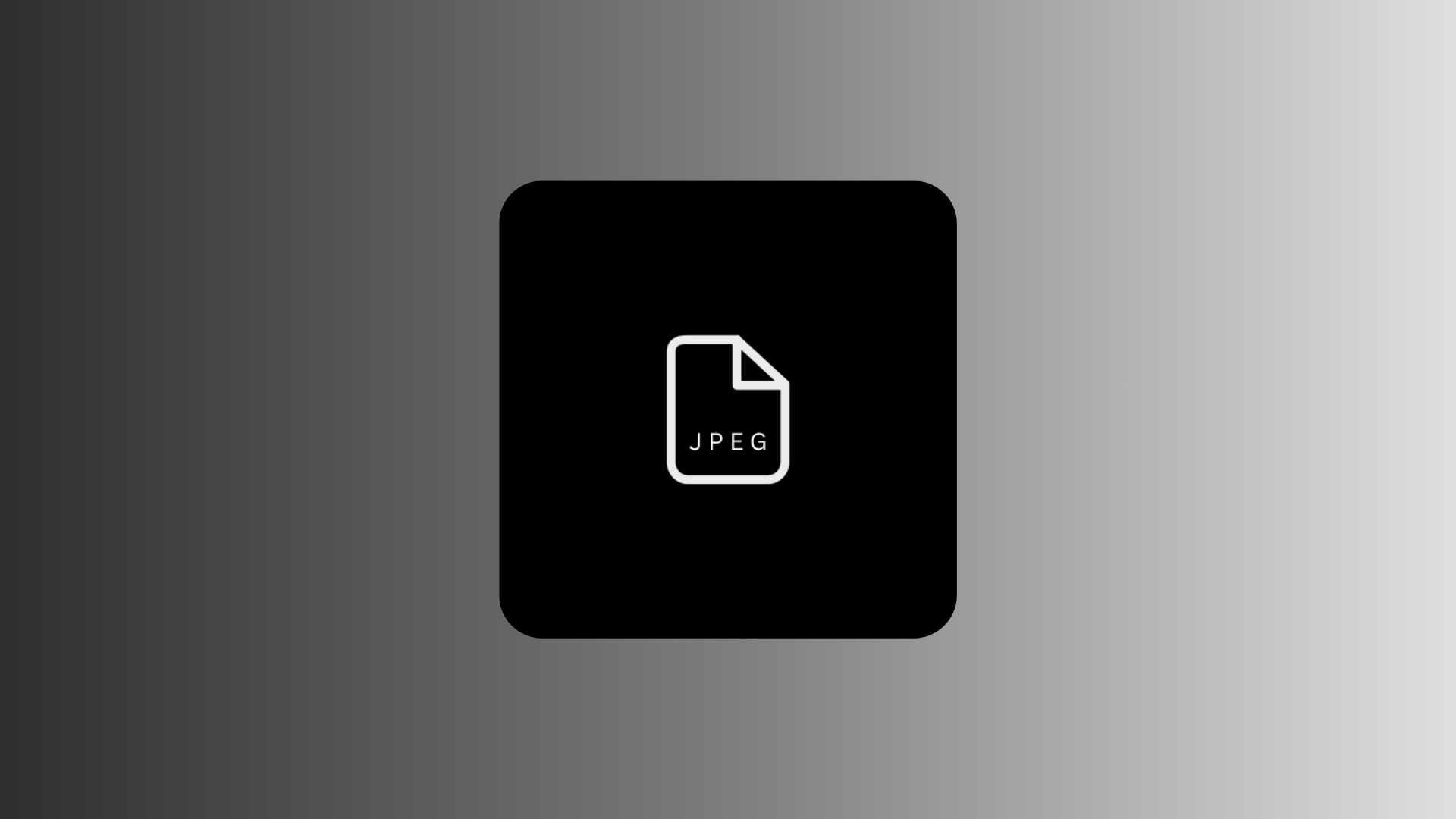
JPEG, which stands for Joint Photographic Experts Group, is one of the most widely used image formats in the digital world. Developed in the early 1990s, it revolutionized digital imaging by introducing lossy compression, which significantly reduces file sizes while maintaining acceptable image quality for most purposes.
The JPEG format works by compressing image data in a way that discards some visual information that the human eye is less sensitive to. This process, known as lossy compression, allows JPEG images to take up far less storage space compared to uncompressed images or those in formats like PNG. As a result, JPEG is ideal for photographs, web images, and situations where storage or bandwidth constraints are a concern.
JPEG files typically have the .jpg or .jpeg extension and are supported by virtually all image-viewing software, web browsers, and digital cameras. They can display millions of colors, making them well-suited for photographic content with smooth color transitions and detailed gradients.
While JPEG is excellent for photographs and complex images, it is not the best choice for graphics that require transparency or images with sharp edges, like text or logos. Repeatedly editing and saving JPEG files can also degrade their quality over time due to its lossy nature.
Overall, JPEG has earned its place as a cornerstone of digital imaging, providing a balance between image quality and file size that has made it the go-to format for everyday photography and online content.